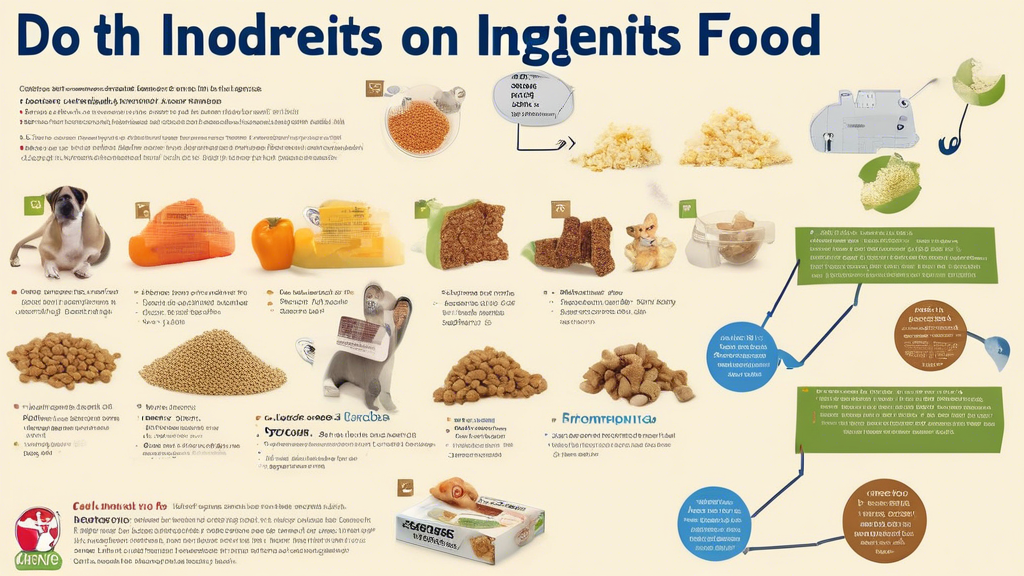Dog Weight Chart: How to Determine Your Dog’s Ideal Weight
Maintaining a healthy weight is essential for your dog’s overall health and well-being. Obesity can lead to a multitude of health problems, including joint pain, heart disease, and diabetes. On the other hand, being underweight can also be detrimental, as it can weaken your dog’s immune system and make them more susceptible to illness. Determining your dog’s ideal weight is crucial for providing them with the best possible care. This article will provide you with a comprehensive guide on how to use a dog weight chart to accurately determine your dog’s ideal weight.
To determine your dog’s ideal weight, several factors need to be considered, including their breed, age, sex, and activity level. Different breeds have different weight ranges that are considered healthy. Age also plays a role, as puppies and senior dogs typically weigh less than adult dogs. Male dogs tend to be heavier than female dogs of the same breed. Activity level is another important factor, as more active dogs may need to weigh more to maintain a healthy body condition.
Dog weight charts can provide a helpful starting point for determining your dog’s ideal weight. These charts are typically breed-specific and take into account factors such as age, sex, and activity level. To use a dog weight chart, simply locate your dog’s breed and other relevant information, and compare their weight to the chart to determine if it is within the ideal range. It’s important to note that these charts are only an estimate, and your dog’s actual ideal weight may vary slightly.
Once you have a rough estimate of your dog’s ideal weight, it’s important to monitor their weight regularly and adjust their diet or exercise as needed. Regular weigh-ins will help you track your dog’s progress and ensure that they are maintaining a healthy weight. If you notice that your dog is gaining or losing weight rapidly, it’s important to consult with your veterinarian to rule out any underlying health conditions.
Determining your dog’s ideal weight is an important step in providing them with the best possible care. By following the steps outlined in this article, you can accurately determine your dog’s ideal weight and ensure that they are on the path to a healthy and happy life.
Determining Your Dog’s Ideal Weight
Maintaining a healthy weight is crucial for your dog’s optimal health and well-being. Excess weight can lead to several health issues, while underweight dogs may struggle with malnutrition and organ dysfunction. Determining your dog’s ideal weight is essential for providing appropriate nutrition and exercise.
Factors to Consider:
Several factors influence a dog’s ideal weight, including:
- Breed: Different dog breeds have genetically determined size and weight ranges.
- Age: Puppies and senior dogs have different weight requirements than adult dogs.
- Sex: Male dogs are typically larger and heavier than female dogs of the same breed.
- Activity Level: Active dogs need more calories to maintain a healthy weight than sedentary dogs.
Using Dog Weight Charts:
Dog weight charts provide an estimate of the ideal weight range for different breeds and ages. These charts can be found online or through your veterinarian. To use a dog weight chart:
- Locate a Reputable Chart: Use charts published by veterinary organizations or reputable pet health websites.
- Find Your Dog’s Breed: Identify your dog’s breed or breed mix and locate the corresponding section in the chart.
- Determine Your Dog’s Weight: Compare your dog’s current weight to the weight range provided for its breed, age, and sex.
- Monitor Your Dog’s Weight: Regularly check your dog’s weight and adjust its diet or exercise plan as needed based on its weight status.
The #1 Free Source for Pitbull & Bully Pedigrees!

Steps to Use a Dog Weight Chart
Determining your dog’s ideal weight is crucial for its overall health and well-being. Dog weight charts provide a useful tool to estimate the appropriate weight range for your furry friend.
Find Reputable Dog Weight Charts
Start by locating reputable dog weight charts online or through your veterinarian. Several websites and veterinary organizations offer reliable charts that consider breed-specific factors and other relevant information.
Gather Your Dog’s Information
To use the chart effectively, you need to have the following information about your dog:
- Breed: Dog breeds have varying size and weight ranges.
- Age: Puppies and senior dogs have different ideal weight ranges than adult dogs.
- Sex: Male dogs tend to be larger than female dogs of the same breed.
- Activity Level: Active dogs may require a higher weight range than less active dogs.
Compare Your Dog’s Weight
Once you have all the necessary information, find your dog’s breed on the weight chart and locate the weight range that corresponds to its age, sex, and activity level. Compare your dog’s current weight to the chart’s ideal range.
Note: Dog weight charts provide estimates; your veterinarian should always assess your dog’s individual needs and adjust the recommended weight range accordingly.
Monitor Your Dog’s Weight
It’s essential to monitor your dog’s weight regularly, especially if it is outside the ideal range. Weigh your dog monthly or more frequently if necessary. If your dog’s weight deviates significantly from the recommended range, consult with your veterinarian to determine the cause and make appropriate adjustments to its diet or exercise regimen.
By following these steps to use a dog weight chart, you can determine your dog’s ideal weight and ensure it maintains a healthy and balanced lifestyle.
Conclusion:
Determining your dog’s ideal weight is crucial for its overall health and well-being. By utilizing reputable dog weight charts, you can effectively estimate your pet’s optimal weight range. It’s essential to regularly monitor your dog’s weight and make necessary adjustments to its diet or exercise routine to maintain this ideal weight. Remember that maintaining a healthy weight not only improves your dog’s quality of life but also potentially extends its lifespan by reducing the risk of weight-related health issues. Consult with your veterinarian if you have concerns or require guidance in determining and maintaining your dog’s ideal weight.













Leave A Comment